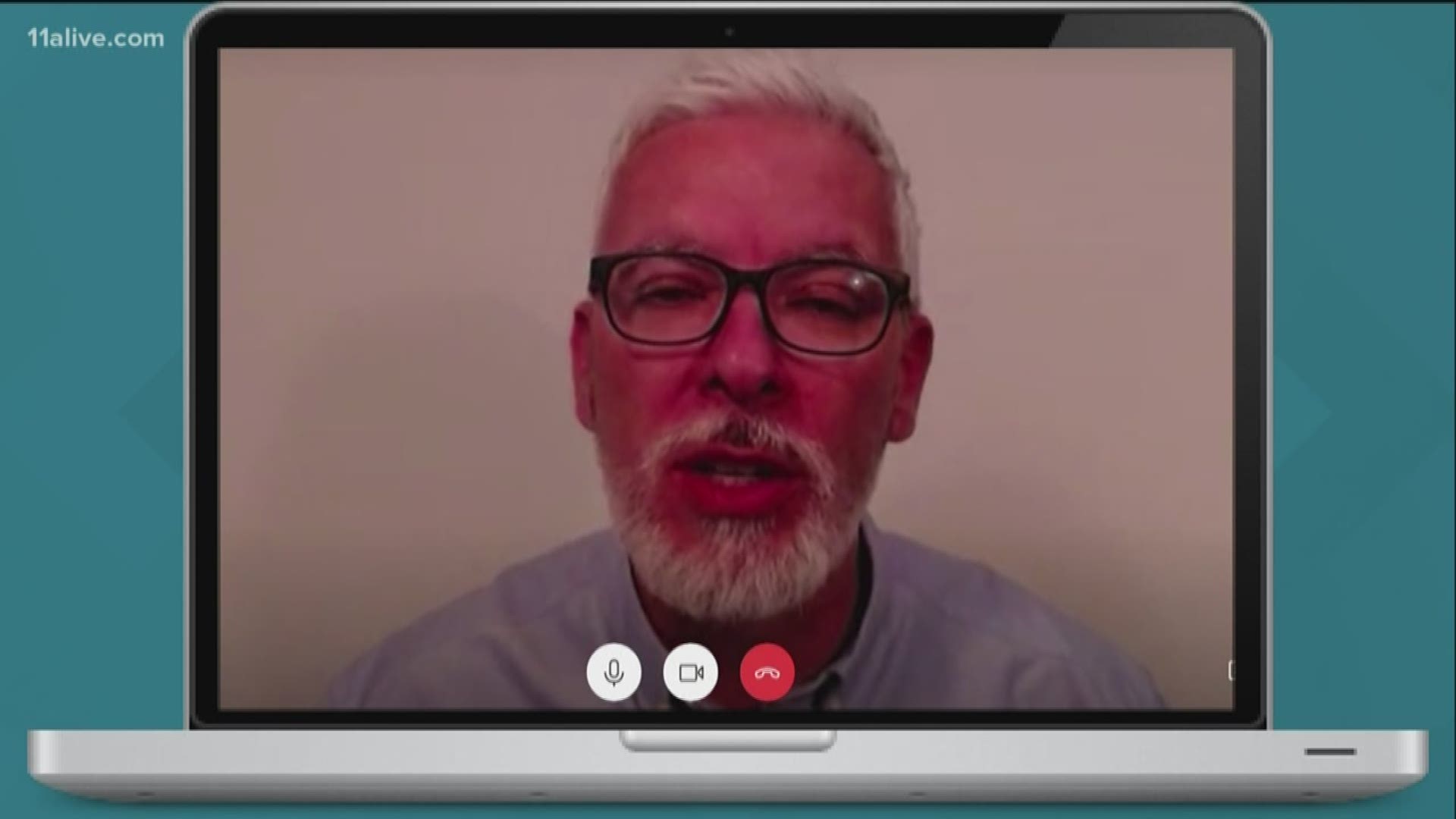ATLANTA — More evidence is emerging that coronavirus infections are being spread by people who have no clear symptoms.
“Many people may be spreading the virus and may not even realize they have infections," said Georgia’s top public health official, Dr. Kathleen Toomey, during a Wednesday press conference with Governor Brian Kemp.
The governor said rapid community spread, especially from those who don't know they are sick, is one of the reasons he plans to issue a statewide shelter-in-place order.
What Kemp and Toomey were talking about is also known as silent spreaders; a person who is unknowingly infected with COVID19 and spreads it to dozens or hundreds of people.
Silent spreaders are not a new thing.
Dr. Adrian Hyzler, with Healix International, explained when the Diamond Princess docked in Japan, 700 people tested positive, but half didn’t have symptoms.
“We suspected then that something was amiss, it wasn’t just that the test was wrong, it’s that a lot of people weren’t showing symptoms.”
The Centers for Disease Control and Prevention said at least or up to 25 percent of people infected may not have symptoms.
While it's not immediately clear how many others an asymptomatic person can infect, Hyzler explained, one model suggest a single person can give it to two or three people and the spread escalates from there.
“One person infected can lead to around 450 people," Hyzler said.
Children could be a big spreader, since they tend to not react the same way to the virus.
Hyzler elaborated, “That’s why it’s important at the moment that schools are
Hyzler believes countries cannot end shelter-in-place or lockdowns prematurely.
“Three countries have done it, Hong Kong, Singapore, Taiwan, they’re getting a second wave now, and they’re having to re-introduce restrictions. They’re having to quarantine all people coming into the country.”
A new study focused on 243 cases of coronavirus reported in Singapore from mid-January through mid-March, including 157 among people who hadn't traveled.
Researchers found that so-called pre-symptomatic people triggered infections in seven different clusters of disease, accounting for about 6 percent of the locally-acquired cases.
An earlier study in Hubei province, China suggested that more than 10 percent of transmissions could have occurred before patients spreading the virus ever exhibited symptoms.
Researchers are also looking into the possibility that additional cases are triggered “post-symptomatic” people who got sick, appear to be recovered, but may still be contagious.
Hyzler believes a gradual release of people, instead of a massive one, can prevent large-scale second waves.
"We need between 50 to 70 percent of people to have immunity, to control this, ,so it doesn’t overwhelm the hospitals and can slow down the death rate.”
That level of immunity needs a vaccine or large scale antibody test to see if people were infected and are now immune. The process could take up to a year.
OTHER HEADLINES

